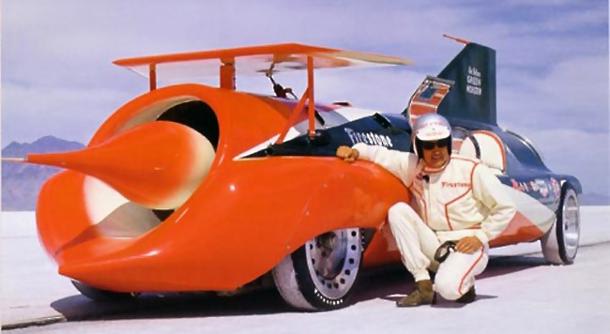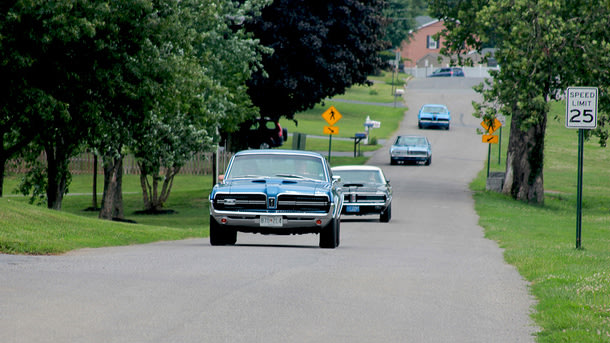The words “four cylinder” and “AMG” sit uneasy in close proximity. Four-cylinder engines are cheap, economical workhorses that, in their rare upmarket appearances, serve as fuel-economy specials. In a performance context, four-bangers connote the sport compact crowd — Hondas, GTIs and rally cars. None of those Venn diagrams overlap the territory of AMG, Mercedes-Benz’ cathedral to big horsepower and bigger money. Right now, if you want a four-cylinder AMG, one of your options is to cut an SL65 motor into thirds.
But come November there’ll be an easier path to quad-piston AMG entertainment. The 2.0-liter four-banger beneath the hood of the CLA45 AMG pumps out 355 hp, 332 lb-ft of torque and a truly bratty exhaust note. AMG’s littlest motor claims a bunch of production-car superlatives, including highest specific output (178 horsepower per liter) and highest boost pressure (26.1 psi). I’m guessing you’ll want to fill up with premium.
Mercedes introduced the CLA45 AMG at the new Bilster Berg race track in Germany. Nestled amongst quaint storybook hills where you can easily imagine witches getting pushed into ovens, Bilster Berg is a merciless succession of blind corners and drastic elevation changes. It’s certainly not a track to flatter your abilities or mask a car’s shortcomings. And while Mercedes led the CLA-driving ducklings around the track with a pace car, that pace car was an SLS AMG driven by a fellow who seemed to occasionally forget that he had an SLS while we had CLAs. A rolling roadblock he wasn’t.
That stacked two-liter motor sends its power through a seven-speed dual-clutch transmission and all-wheel-drive. The latter is not a totally tricked-out torque-vectoring physics-rearranger like you’d find in a Mitsubishi Evo — this system is here to launch you off the line, banish torque steer and get you up to the ski condo. Under normal running, it’s 100 percent front-wheel-drive, but the system can push up to 50 percent of the torque rearward. Even so, there’s no rear torque bias and consequently never any power oversteer. You can pitch the tail out with lift throttle and a sudden yank of the wheel, but it would probably take a dirt road and serious left-foot rally techniques to drift a CLA45 around a corner. The brake-based Curve Dynamic Assist, which is active even with stability controls off, does offer brake-based torque vectoring to help tidy your line.
AMG models used to be all about the motor, but lately they’ve become well-rounded packages as the AMG goblins get their hands deeper and deeper into the development cycle. Indeed, if you had a front-end collision in your CLA45 AMG, I don’t think the repair place could use many CLA250 parts in the rebuild — engine, cooling, suspension, brakes, aero trim and many other parts are AMG-specific. And yet, the motor still dominates the experience.
Stomp the gas, listen to the exhaust fire off a couple of angry blats and you’ve done 0-60 mph in 4.5 seconds. That’s a very legit number, and one that’s comfortably ahead of the larger six-cylinder cars that compete at the CLA45’s $50,000 price range.
I suppose we’ll soon find out whether the high-performance Benz crowd embraces a car with a mere two liters beneath the hood, but I like Mercedes’ angle. There are enough V-6-powered, 300-or-so horsepower sport sedans in the world. There aren’t enough wildly boosted German four-cylinders that bark and pop like a World Rally Championship car. Besides, a four-cylinder that outruns sixes: that’s very AMG.
Source: Yahoo!

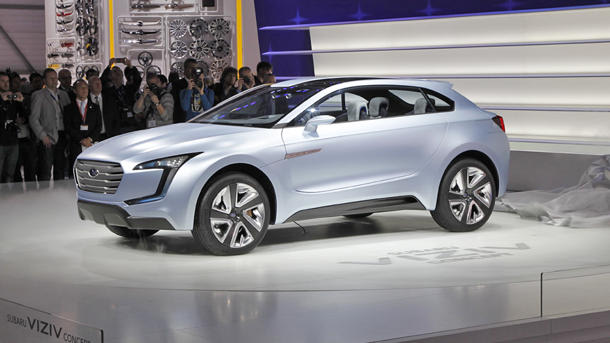
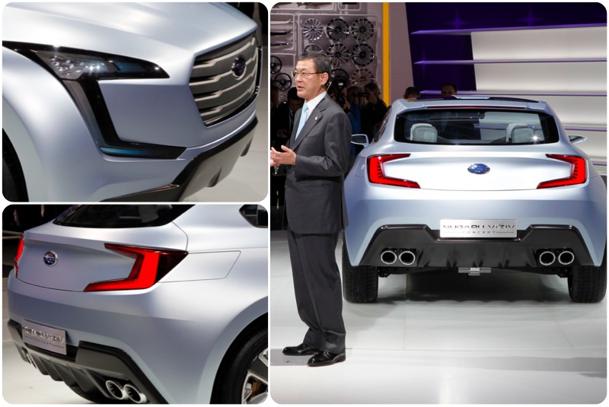






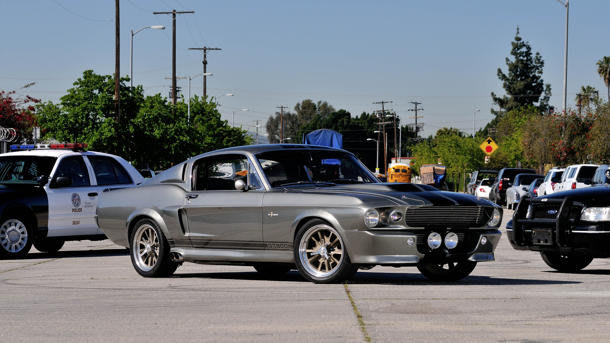


 Honda
Honda



